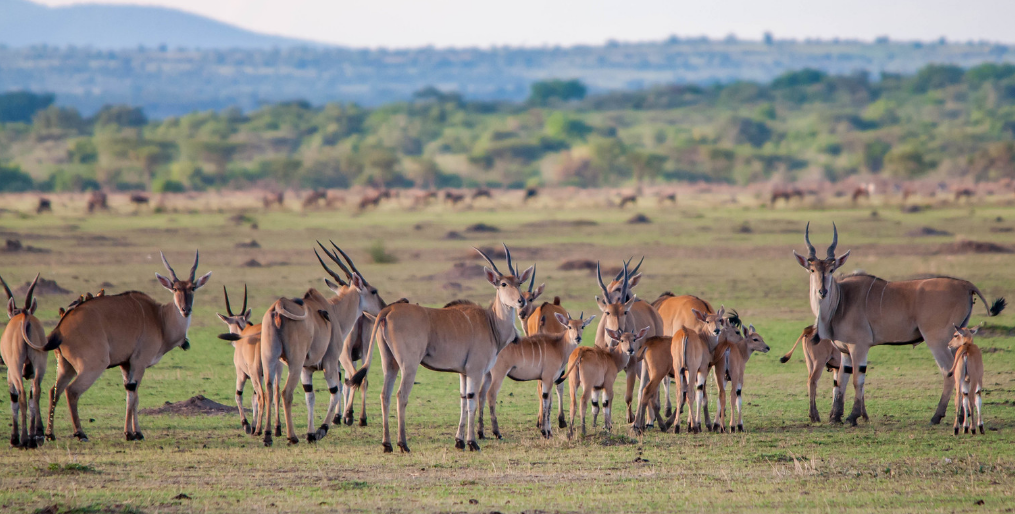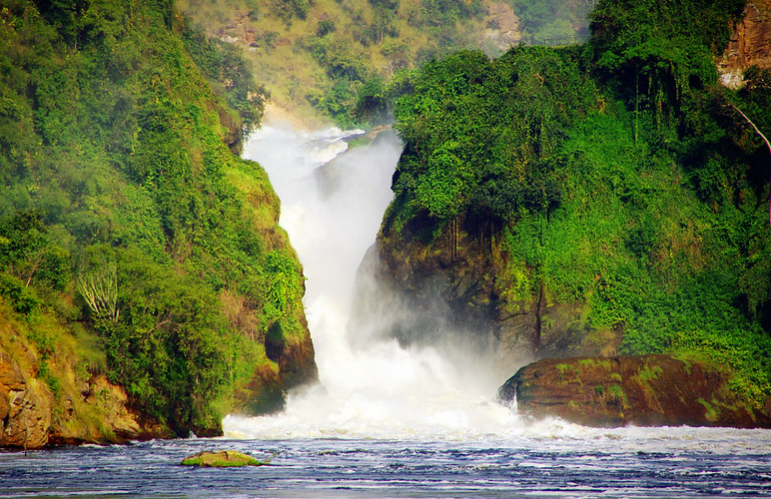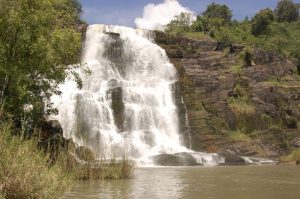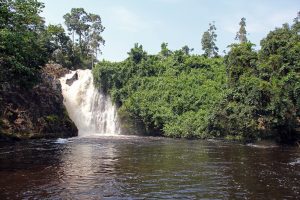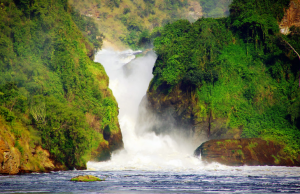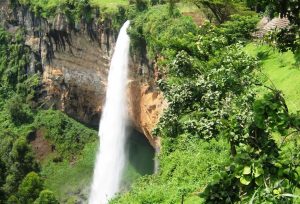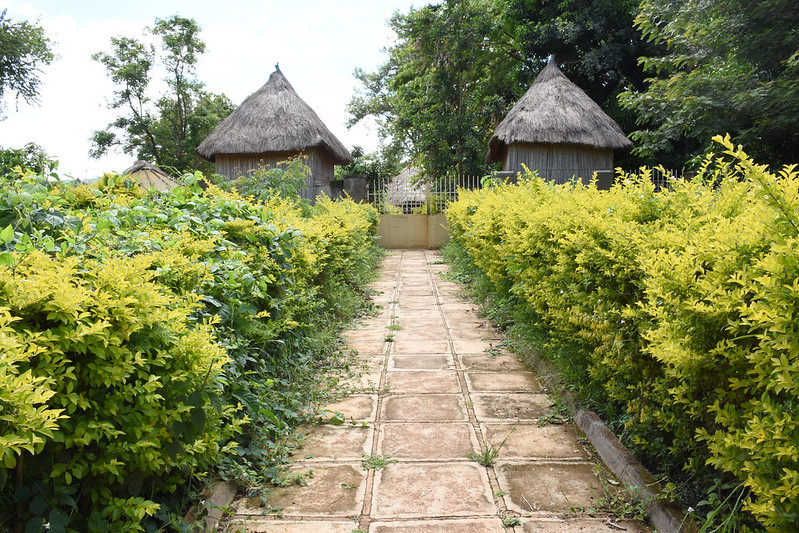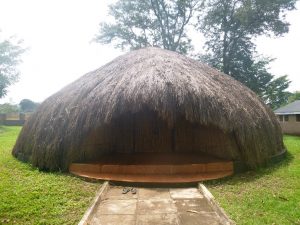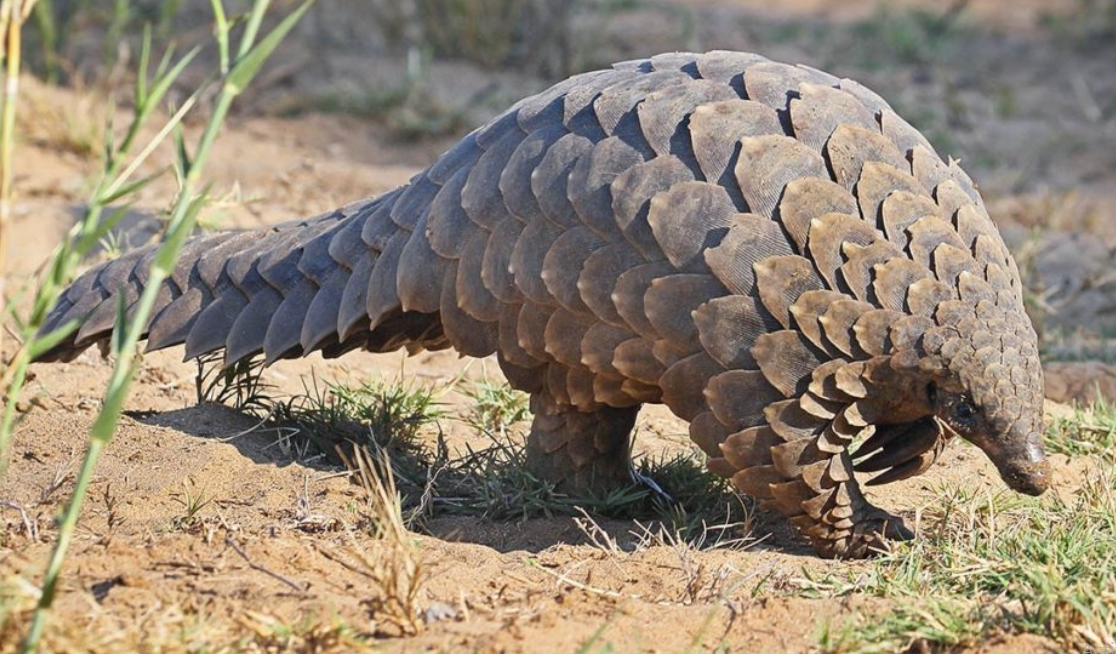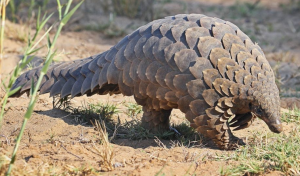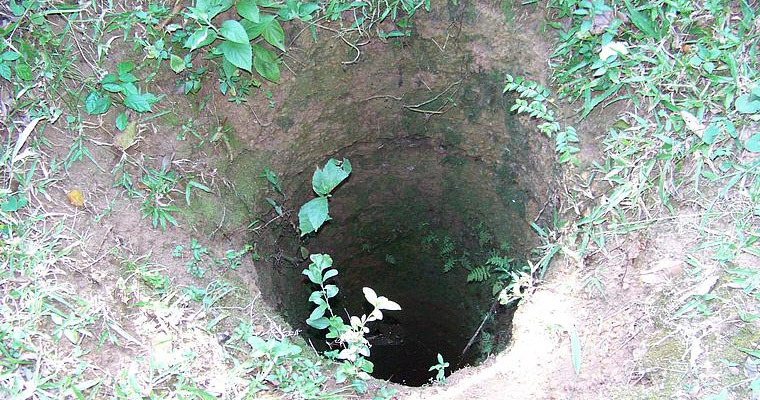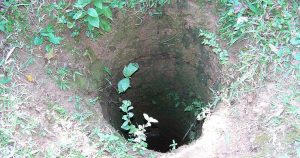Facts about the African Antelopes
Facts about the African Antelopes
Facts about the African Antelopes : “antelopes” is used to refer to many species of even-toed ruminant indigenous to various regions in Africa. That is to say, an antelope is a deer-like mammal found in Africa, Asia and also parts of the America. These Antelopes are basically one of the many medium-sized mammals holding the African food chain together. Basically, an antelope only grazes on grass which is also a stable food source for many large carnivorous predators. Additionally, they mainly live in the savannah regions and are very common in the savannah plains on the East and Southern parts of Africa. They prefer regions with woodlands, bushes as well as semi-arid areas. They therefore keep away from the swamp areas, the forested places and pure desert regions. Antelopes are found in many national parks in Kenya, Rwanda but particularly in Uganda where they are found in almost every park.
Types of African Antelopes
Uganda is one of the countries with such a huge population of antelopes and are distributed across all the 10 national parks.
Eland:(Taurotragus oryx)
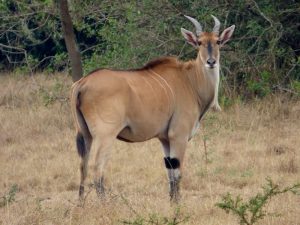
Appearance
Generally, the eland antelope is the world’s largest that measures up to 180cm at the shoulder. Common elands are spiral-horned, become gray or bluish-gray when they get older and the oldest animals are almost black.
Diet
It is mainly an herbivores and its diet are primarily grass and leaves. They browse more than they graze, feeding in areas where shrubs and bushes provide the leaves. Additionally, they prefer using their horns to bring twigs and branches into reach. They also consume certain fruits, large bulbs as well as tuberous roots.
Breeding
It takes 2-4 hours before a female allows a male to mount. Males usually keep close contact with females in the mating period. The dominant male can also mate with more than one female. Females have a gestation period of 9 months, and gives birth to only one calf each time.
Behavior
Common elands are nomadic and crepuscular whereby they eat in the morning and evening. They rest in the shade when hot and remain in sunlight when cold. They are commonly found in herds of up to 500, with individual members remaining in the herd anywhere from several hours to several months. Juveniles and mothers tend to form larger herds while males may separate into smaller groups. In southern Africa, common elands will often associate with herds of zebras, roan antelopes and oryxes.
Habitat
These elands prefer habitats with a wide variety of flowering plants such as savannah, woodlands, open, etc. As a matter of fact, it avoids dense forests.
Where they are found
In Uganda, they all thrive in protected areas of Kidepo Valley National Park, Pian Upe Game Reserve and Lake Mburo National Park . Here, they they are explored on safari tours in Uganda Africa.
Lesser Kudu: (Tragelaphus imberbis)
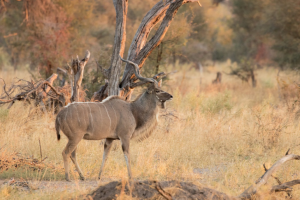
Appearance
The Kudu are woodland antelopes and the second largest antelopes after the Elands. They basically have long and elegant spiral horns as well as 4-12 vertical white side stripes. They have got long legs supporting a very narrow body with their body coat either brown-grey color or reddish-brown color. The females and juveniles have a reddish-brown coat while the males become yellowish grey or darker after the age of 2 years. Males generally have a prominent black crest of hair on the neck. One long white stripe runs along the back, with 11-14 white stripes branching towards the sides.
Diet
Kudus are herbivorous animals, they browse or foliage from bushes and trees (shoots, twigs) and herbs. These antelopes also eat flowers and fruits if available and take small proportions of grasses usually in the wet season.
Breeding
Meanwhile, no fixed breeding season is seen; births may occur at any time of the year.
Behavior
The lesser Kudu is mainly active at night and during the dawn and seeks shelter in dense thickets just after the sunrise. It exhibits no territorial behavior and fights are rare. While females are gregarious, adult males prefer being solitary.
Habitat
They inhabit dry, flat, and heavily forested regions, woodlands and hilly areas. These animals avoid open areas and long grass, preferring shaded areas with short grasses instead.
Where they are found
Lesser Kudus are native to Ethiopia, Kenya, Somalia, South Sudan, Tanzania, and Uganda. In Uganda you can also find them in Kidepo Valley National Park.
Jackson’s hartebeest:(Alcelaphus buselaphus)
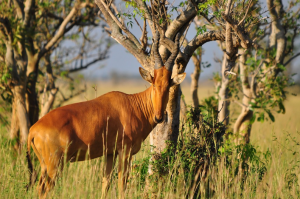
Appearance
Also known as Kongoli, is an African antelope with an unusual flat face and only found in Uganda. Eight subspecies have been described, including two sometimes considered to be independent species. It has a particularly elongated forehead and oddly shaped horns, short neck, and pointed ears. Its legs, which often have black markings are usually long. Horns can reach length of 45-70 cm (18-28in) apart from its long face. Besides, the large chest and the sharply sloping back differentiate the hartebeest from other antelopes.
Diet
They are primarily grazers, with their diets consisting of mainly grasses. Between seasons they mainly feed on the culms of grasses. A study found that the hartebeest is able to digest a higher proportion of food than the topi and the wildebeest. On the other hand, in areas with scarce water, it can survive on melons, roots and tubers.
Breeding
Mating in hartebeest takes place throughout the year with one or two peaks, and depends upon the subspecies and local factors. Both males and females reach sexual maturity at one to two years of age. Gestation is eight to nine months long, after which a single calf is born.
Behavior
Gregarious animals, hartebeest form herds of 20 to 300 individuals. In addition, they are very alert and non-aggressive.
Habitat
Inhabiting dry savannahs and wooded grasslands, hartebeest often move over to more arid places after rainfall.
Where they are found
In Uganda you will find them in Murchison Falls protected Area.
Water buck: (Kobus ellipsiprymnus defessa)
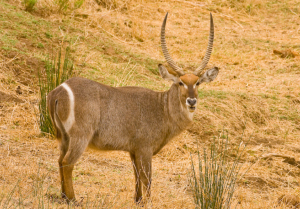
Appearance
This is of a robust build, the shaggy coat is reddish brown to grey but becomes progressively darker with age. The common water buck and the defessa water buck are remarkably different in their physical appearances. Measurements indicate greater tail length in the latter whereas the common water buck stand taller than the defessa water buck.
Diet
Mainly grazers, they consume types of coarse grass seldom eaten by other grazing animals. In fact, they occasionally browse leaves from certain trees and bushes. They feed in the mornings and at night, rest and ruminate the remainder of the time.
Breeding
This takes place throughout the year, but births are at their peak in the rainy season. The gestation period lasts for 7-8 months followed by the births of a single calf.
Behavior
Water bucks are rather sedentary in nature and they can form herds consisting of 6 to 30 individuals. These groups are either nursery herds with females or bachelor herds. Males start showing territorial behavior from the age of five years, but are the most dominant from the age of six to nine.
Habitat
This animal inhabit scrub and savannah areas along rivers, lakes as well as valleys. Due to their requirement for grasslands and water, they have a sparse acetone distribution. Predominantly a grazer, the water buck is mostly found on grassland.
Uganda kob: (Kobus kob thomasi)
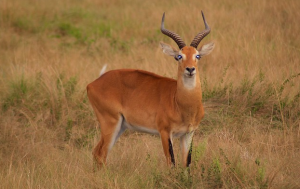
Appearance
It is found in the Sub-Saharan Africa in South Sudan, Uganda and the Democratic Republic of Congo. The Uganda kob is similar in appearance to the impala but it is more sturdily built. They are normally reddish-brown, the belly and inside of the legs are white. Additionally, the front of the forelegs are black, differentiating it from other kob subspecies. A Ugandan kob appears on the coat of arms of Uganda, along with a grey crowned crane. Thereby representing the abundant wildlife present in the country.
Diet
These kobs are herbivores and feed largely on grasses and reeds. The females and young males form loose groups of varying size. They range according to food availability, often moving along water courses and grazing in valley bottoms.
Breeding
Females become sexually mature in their second year however, males do not start breeding until they are older. Larger populations of kob tend to have a lek mating system. Females living in loose groups and only visiting the traditional breeding groups in order to mate. For this purpose, males hold small territories of up to 200m (660 ft) in diameter, the smallest territories being in the Centre of crowded leks. Calving takes place at the end of the rainy season and a single calf is born in November or December.
Behavior
Regarding the social behavior, it can be noted that kobs are diurnal species but tend to be considerably inactive during the heat of the day. These thrive in groups comprised of either calves, females or only males. Besides, these can range from five (5) to forty (40) animals. Territorial behavior of the Uganda kob, is largely the defense of small, fixed territories within a central area of concentrated territorial activity. Females enter the territorial ground throughout the year for the purpose of breeding
Habitat
It is typically found in open or wooded savanna, within a reasonable distance of water. It also occurs in grasslands near rivers and lakes. Its habit of lying out in open grassland makes it an accessible target for poachers. Besides, 98% of the present population are found in national parks and other protected areas.
Where they are found
Greatly found along the northern savannah, the kob is greatly encountered in the Uganda safari parks of Murchison Falls and Queen Elizabeth, the Congo’s Virunga and Garamba National Parks and the flood grassy plains of South Sudan.

